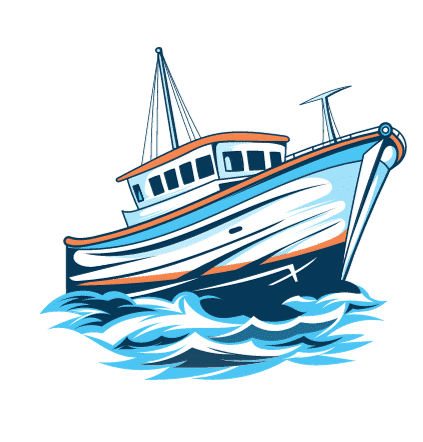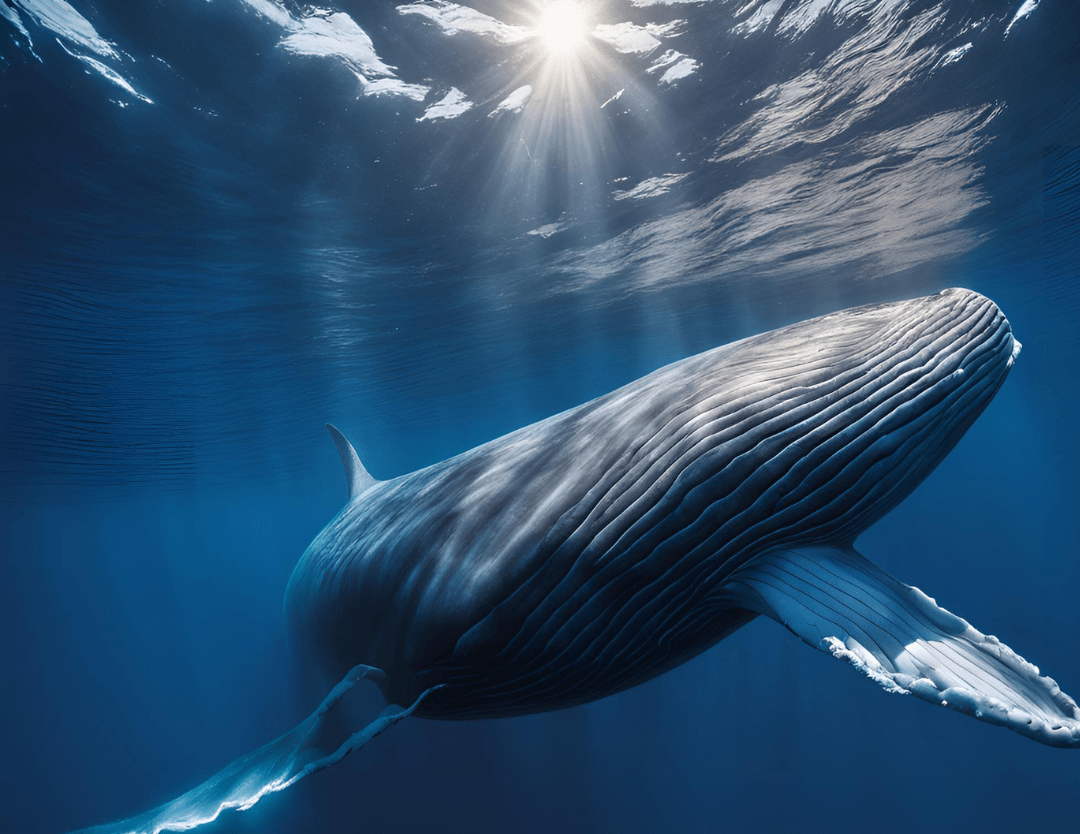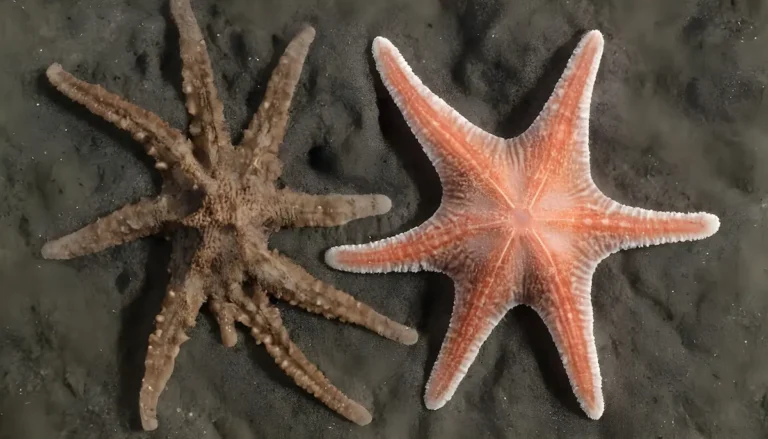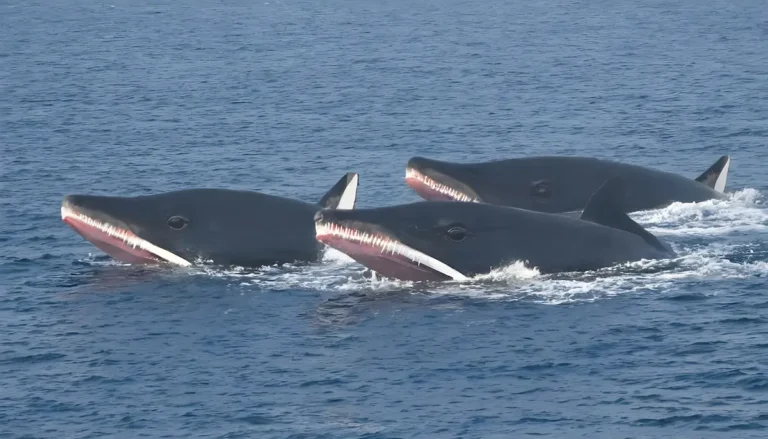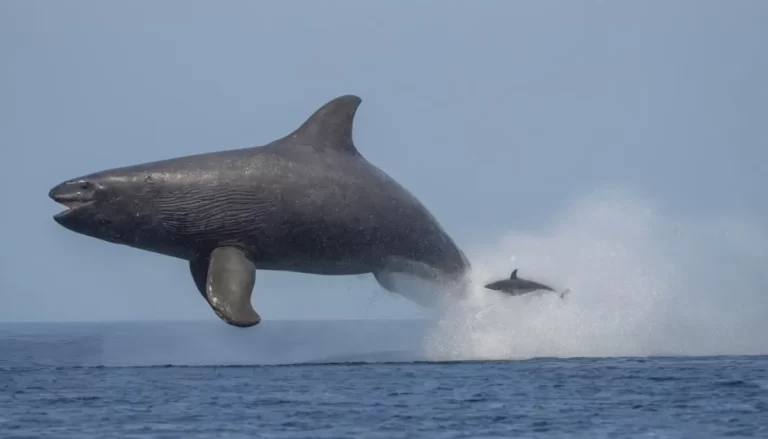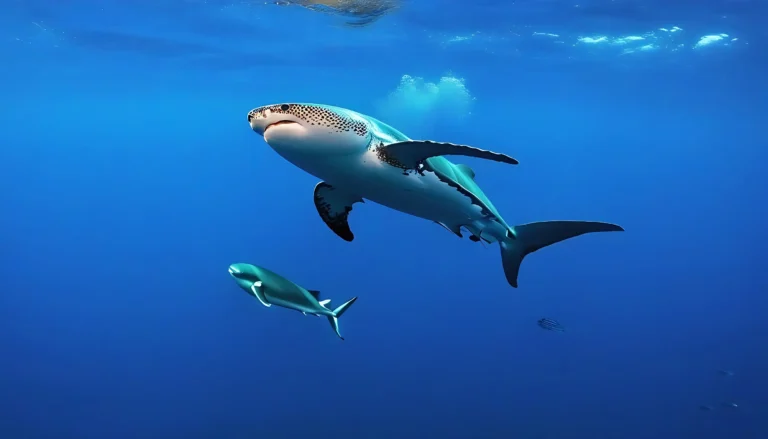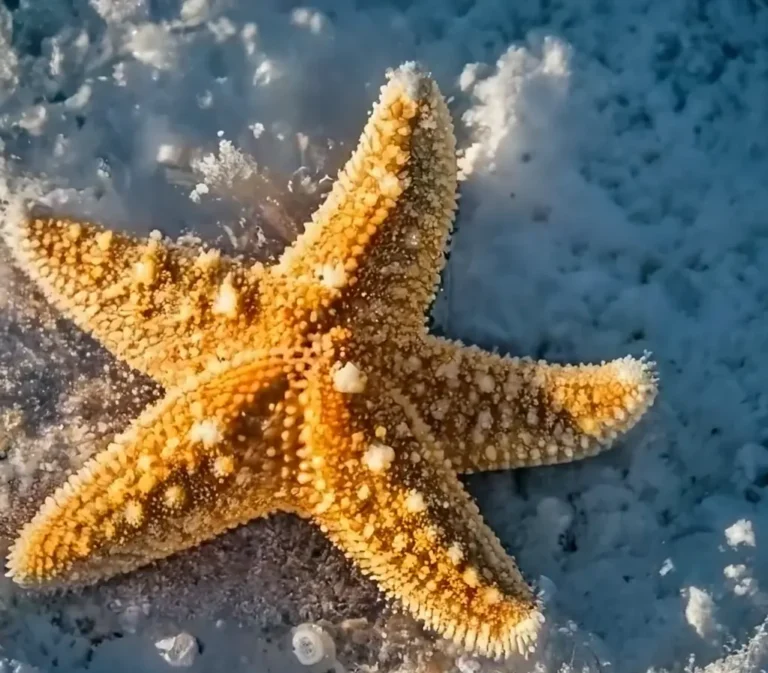Whale Facts
Introduction to Whale Facts
Whales, the majestic giants of the ocean, captivate with their sheer size and fascinating behaviors. These marine mammals are diverse, with over 90 species ranging from the enormous blue whale to the agile orca. Whales are generally categorized into two groups: baleen whales and toothed whales. Baleen whales, like the blue whale and humpback whale, use comb-like baleen plates to filter tiny organisms like krill from the water. Toothed whales, such as dolphins and sperm whales, have teeth and are known for their complex social structures and advanced echolocation abilities.
Whales play a crucial role in marine ecosystems, influencing nutrient cycles and contributing to the health of oceanic environments. They are also known for their remarkable migratory patterns, vocalizations, and unique behaviors. This blog will explore intriguing whale facts, shedding light on their biology, behaviors, and the challenges they face in our changing world. Dive into the world of whales to uncover the mysteries and marvels of these oceanic giants.
Amazing Facts About Blue Whales
Blue whales are the largest animals ever to grace our planet, embodying both grandeur and mystery. These colossal marine mammals can reach lengths of up to 100 feet (30 meters) and weigh as much as 200 tons (180 metric tonnes). To give you a sense of their scale, a blue whale’s heart can weigh as much as an automobile, and its tongue alone can weigh as much as an African elephant.
One of the most astonishing aspects of blue whales is their vocal ability. They produce the loudest sounds of any animal on Earth, with calls reaching up to 188 decibels. This incredible volume allows them to communicate across vast distances, up to 500 miles (800 kilometers) in the right conditions. These vocalizations are crucial for coordinating activities such as mating and locating each other over the expansive ocean.
Despite their immense size, blue whales feed primarily on tiny shrimp-like creatures called krill. During feeding season, they can consume up to 4 tons (3.6 metric tonnes) of krill daily. They employ their baleen plates—comblike structures in their mouths—to filter these small prey from the water efficiently.
Blue whales are also known for their long migratory journeys. They travel thousands of miles between feeding grounds in nutrient-rich polar waters and breeding grounds in warmer tropical seas. These migrations are vital for their survival, ensuring access to the food resources necessary to support their enormous bodies.
Although blue whales are awe-inspiring, they face significant threats from human activities, including ship strikes and entanglement in fishing gear. Conservation efforts are essential to protect these gentle giants and ensure their continued presence in our oceans.
Lesser-Known Facts About Humpback Whales
Humpback whales, known for their acrobatic displays and hauntingly beautiful songs, possess several lesser-known characteristics that make them truly fascinating. While most people are familiar with their impressive breaches and tail slaps, there are other intriguing aspects of their biology and behavior.
One of the most captivating features of humpback whales is their complex vocalizations. Their songs, which can last up to 20 minutes and be repeated for hours, are primarily produced by males and are thought to play a role in mating rituals. These songs are not static; they evolve over time and can even spread across oceanic regions, showcasing a form of cultural transmission among whale populations.
Humpbacks are also remarkable for their feeding techniques. They use a sophisticated method known as bubble net feeding. In this behavior, a group of humpbacks encircles a school of fish with a curtain of bubbles, creating a net that traps the prey. This cooperative strategy highlights their high level of intelligence and social interaction.
Another lesser-known fact is their long migrations. Humpback whales undertake some of the longest migratory journeys of any mammal, traveling up to 16,000 miles (25,000 kilometers) annually between their feeding grounds in polar waters and their breeding grounds in tropical seas. These migrations are crucial for their life cycle, ensuring they have access to ample food and suitable conditions for reproduction.
Furthermore, humpback whales have distinctively patterned flippers and tails, with unique markings that are used for individual identification. These patterns are akin to human fingerprints, allowing researchers to track and study individual whales over time.
Despite their majestic presence, humpback whales face threats from human activities, such as entanglement in fishing gear and ship strikes. Continued conservation efforts are essential to safeguard these remarkable creatures and their habitats.
The Biggest and Smallest Whale Species
Whales vary dramatically in size, from the colossal blue whale, the largest animal ever known, to the petite dwarf sperm whale, the smallest of the cetacean family.
The blue whale holds the record as the biggest whale species, reaching lengths of up to 100 feet (30 meters) and weighing as much as 200 tons (180 metric tonnes). Their hearts alone can weigh as much as a small car, and their tongues can weigh as much as an African elephant. Blue whales are known for their enormous size and remarkable vocal abilities, producing sounds that can travel up to 500 miles (800 kilometers) across the ocean.
In stark contrast, the dwarf sperm whale is the smallest whale species. Adults typically measure around 8 to 9 feet (2.4 to 2.7 meters) in length and weigh between 600 to 1,100 pounds (270 to 500 kilograms). Despite their small size, dwarf sperm whales are known for their deep dives and elusive nature, making them harder to study compared to their larger counterparts.
These size extremes highlight the incredible diversity within the whale family. While blue whales dominate in scale and presence, dwarf sperm whales exemplify the adaptability and range of whale species, each adapted to their ecological niche. Understanding both ends of this spectrum enriches our appreciation for the vast and varied world of whales.
How Whales Communicate: Whale Songs and Calls
Whales use a sophisticated array of vocalizations to communicate, navigate, and interact with one another across the vast expanses of the ocean. Their communication methods include a range of sounds, from intricate songs to simple calls, each serving different purposes and playing a crucial role in their social behaviors and survival.
One of the most captivating aspects of whale communication is the complex songs of humpback whales. These songs, produced primarily by males, can last for up to 20 minutes and be repeated for hours. Humpback whale songs are characterized by a series of moans, groans, and rhythmic pulses. Researchers believe these songs are linked to mating, as males sing to attract females and possibly to establish dominance. The songs are dynamic, evolving over time and varying between different whale populations, demonstrating a form of cultural transmission.
In addition to songs, whales use a variety of calls and sounds for other forms of communication. These include clicks, whistles, and grunts. Toothed whales, such as dolphins and sperm whales, use echolocation clicks to navigate and hunt. These clicks create a sonar-like system, allowing them to “see” their surroundings through sound, detecting prey and obstacles even in murky waters.
Blue whales, the largest of all whales, produce low-frequency calls that can travel hundreds of miles across the ocean. These deep, resonant sounds are believed to play a role in long-distance communication, helping whales find each other across vast distances.
Overall, whale vocalizations are essential for their social interactions, navigation, and feeding strategies. The study of these sounds provides valuable insights into whale behavior, social structures, and their responses to environmental changes, highlighting the complex and fascinating world of marine communication.
The Diet and Feeding Habits of Whales
Whales exhibit a diverse range of diets and feeding strategies, reflecting their varied ecological niches. Broadly, they are categorized into two groups based on their feeding mechanisms: baleen whales and toothed whales.
Baleen Whales:
Baleen whales, such as blue whales, humpback whales, and gray whales, possess baleen plates—comblike structures in their mouths that filter food from the water. Their diet primarily consists of small, abundant organisms. For instance, blue whales feed almost exclusively on krill, tiny shrimp-like crustaceans. During feeding season, a single blue whale can consume up to 4 tons (3.6 metric tonnes) of krill daily. Humpback whales use a technique called bubble net feeding, where they create a curtain of bubbles to trap schools of fish or krill, making it easier to consume large quantities in one gulp.
Toothed Whales:
Toothed whales, including dolphins, sperm whales, and orcas, have a more varied diet and use their teeth to catch prey. They primarily consume fish, squid, and, in some cases, other marine mammals. Sperm whales, for example, dive deep to hunt large squid, including the giant squid. Orcas, or killer whales, have a diverse diet that can include fish, squid, and even other whales, showcasing their adaptability and varied hunting skills.
The differences in diet and feeding habits among whale species highlight their adaptability to different marine environments and available resources. Whether filtering vast quantities of small prey or hunting large marine animals, whales have evolved sophisticated strategies to thrive in their respective ecological niches.
Migration Patterns of Different Whale Species
Whales are known for their remarkable migratory journeys, which are driven by their need for feeding, breeding, and calving. Different whale species exhibit varied migration patterns, each tailored to their specific life cycle needs.
Humpback Whales:
Humpback whales are famous for their extensive migrations, traveling up to 16,000 miles (25,000 kilometers) annually. They migrate between their feeding grounds in cold, nutrient-rich polar waters and their breeding grounds in warmer tropical seas. During the summer, humpbacks feed heavily in polar waters to build up fat reserves for the winter. In winter, they migrate to tropical or subtropical waters where they breed and give birth. The warmer waters provide safer conditions for newborn calves and are less suitable for the prey that sustains them, making this migration essential for their reproductive success.
Blue Whales:
Similar to humpback whales, blue whales also undertake long migrations. They travel between high-latitude feeding grounds in polar regions and low-latitude breeding grounds in tropical or subtropical waters. Blue whales spend their summers in colder waters, where they can feed on abundant krill, and migrate to warmer waters during the winter to mate and give birth. This migration ensures that they have access to the rich krill resources needed to sustain their enormous size while avoiding the harsh conditions of polar winters for calving.
Gray Whales:
Gray whales follow one of the longest migration routes of any mammal, journeying up to 12,000 miles (19,000 kilometers) round-trip. They migrate between feeding grounds in the Arctic and breeding and calving lagoons along the coast of Baja California, Mexico. This migration is critical for their survival, as the Arctic provides rich feeding grounds, while the lagoons offer a sheltered environment for calving and nurturing young calves.
Orcas:
Orcas, or killer whales, exhibit more varied migration patterns depending on their prey and pod structure. Some orca populations are resident, staying in specific areas year-round, while others are transient and migrate in search of prey. For example, orcas in the North Pacific may migrate between feeding grounds in the summer and lower-latitude waters in the winter, adapting their movements based on the availability of their preferred prey, which can include fish, squid, and marine mammals.
These migration patterns are crucial for the survival and reproductive success of whale species, reflecting their adaptability to seasonal changes in food availability and environmental conditions.
Whale Anatomy: How Their Bodies Are Adapted for the Ocean
Whales exhibit a range of anatomical adaptations that enable them to thrive in their aquatic environment, reflecting their evolution from land-dwelling ancestors to the ocean’s giants.
Streamlined Bodies:
Whales possess streamlined, torpedo-shaped bodies that reduce water resistance, allowing them to swim efficiently through the ocean. Their smooth, tapered bodies minimize drag, and their powerful tails, or flukes, propel them through the water with powerful, rhythmic strokes. The streamlined shape also aids in deep diving and rapid swimming, essential for escaping predators or pursuing prey.
Blubber:
A thick layer of blubber, or fat, beneath the skin insulates whales and provides buoyancy. This blubber helps maintain body temperature in the cold waters of the ocean and acts as an energy reserve during long migrations or periods of fasting. The thickness of blubber varies among species, with those living in colder waters generally having thicker layers.
Specialized Respiratory System:
Whales have large, efficient lungs and a unique blowhole located on top of their heads. The blowhole allows for quick and efficient breathing at the surface. When surfacing, whales expel air forcefully, creating a spout of mist. Their respiratory system is adapted to manage the high pressures of deep diving and to maximize oxygen intake with each breath.
Baleen Plates and Teeth:
Baleen whales have comb-like baleen plates instead of teeth, which they use to filter small organisms like krill from the water. These plates are made of keratin, the same material as human hair and nails. In contrast, toothed whales have sharp teeth designed for catching fish, squid, and, in some cases, other marine mammals. The structure of their teeth varies depending on their diet.
Echolocation and Communication:
Toothed whales use echolocation, a biological sonar system, to navigate and hunt in the dark depths of the ocean. They emit clicks and listen for the echoes to locate prey and obstacles. Baleen whales rely more on vocalizations for communication and navigation, using low-frequency sounds that can travel long distances through water.
Flexible Limbs and Tail:
Whales have evolved from having legs to possessing flippers, which are modified forelimbs that assist in steering and balance. Their tails, or flukes, are powerful and flexible, enabling them to perform complex maneuvers and travel long distances efficiently.
These anatomical features collectively allow whales to navigate, feed, and thrive in their diverse and often challenging marine environments, showcasing the incredible adaptability of these magnificent creatures.
Threats to Whale Populations: Conservation Challenges
Whales, despite their majesty and crucial role in marine ecosystems, face several significant threats that pose challenges to their conservation. Understanding these threats is essential for developing effective strategies to protect these magnificent creatures.
Commercial Whaling:
Historically, commercial whaling devastated whale populations, targeting species like the blue whale, humpback whale, and gray whale. Although international bans and regulations, such as the 1986 moratorium by the International Whaling Commission (IWC), have significantly reduced whaling, illegal whaling and loopholes in regulations still pose risks. Countries such as Japan, Iceland, and Norway continue to hunt whales under the guise of scientific research or with reservations to the moratorium.
Climate Change:
Climate change impacts whales by altering their habitats and food sources. Rising ocean temperatures and changing ice conditions affect the distribution and abundance of krill and other prey, which are critical for baleen whales. Additionally, warmer waters can lead to habitat shifts, forcing whales to migrate longer distances or adapt to new feeding areas, which can disrupt their life cycles and breeding patterns.
Ship Strikes:
Collisions with large vessels are a serious threat, particularly for species like the North Atlantic right whale, which has a critically endangered population. These collisions can result in severe injuries or fatalities and are increasingly common in busy shipping lanes. Efforts to mitigate this threat include implementing speed restrictions and creating whale protection zones in high-traffic areas.
Entanglement in Fishing Gear:
Whales often become entangled in fishing gear such as nets, lines, and traps, leading to injury or death. Entanglement can impair their ability to swim, feed, or reproduce, and often results in prolonged suffering. The development and implementation of whale-safe fishing gear and practices are crucial in addressing this issue.
Pollution:
Ocean pollution, including plastic debris, chemical contaminants, and noise pollution, also affects whales. Marine litter can cause ingestion or entanglement, while chemicals can accumulate in whale tissues, leading to health problems. Noise pollution from ship engines, industrial activities, and military sonar can interfere with whale communication and navigation, impacting their social behaviors and well-being.
Conservation Efforts:
Addressing these threats requires coordinated global conservation efforts. Organizations and governments are working to enforce regulations, develop whale-friendly fishing practices, create protected marine areas, and reduce pollution. Public awareness and advocacy play a crucial role in supporting these initiatives and promoting policies aimed at safeguarding whale populations for future generations.
By understanding and addressing these conservation challenges, we can better protect whales and ensure their continued presence in the world’s oceans.
Fun and Surprising Whale Facts for Kids
Whales are amazing creatures with some truly surprising traits! Did you know that the blue whale is the largest animal ever to have lived on Earth? These giants can weigh as much as 33 elephants and are as long as a basketball court! But even though they’re enormous, they mostly eat tiny shrimp-like animals called krill.
Whales are also excellent singers. Humpback whales create beautiful and complex songs that can travel over 100 miles underwater. These songs can last for hours and are a big part of how they communicate with each other.
And get this—whales can hold their breath for a long time. Some can stay underwater for up to 90 minutes before they need to come up for air! Plus, they have a special layer of blubber that helps keep them warm in icy waters.
So next time you see a picture of a whale, remember how incredible and mysterious these ocean giants really are!
